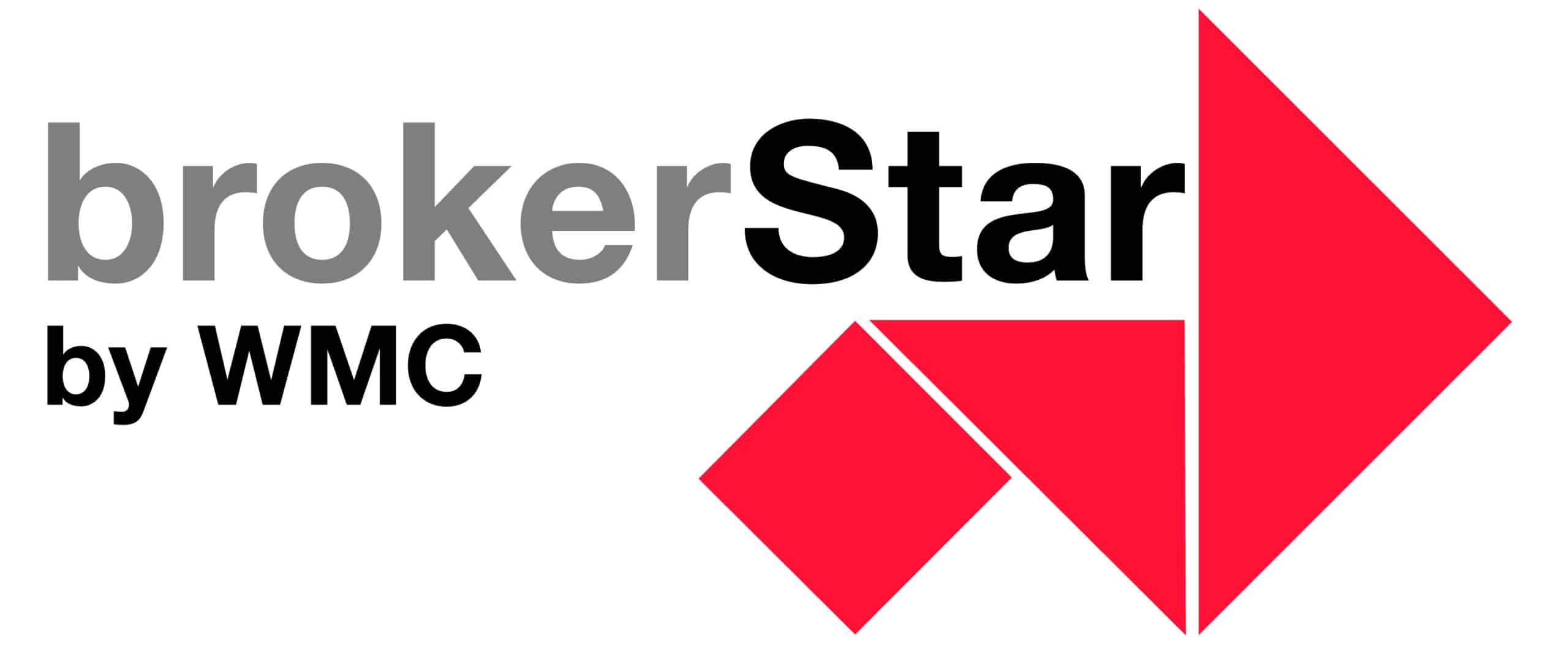Most Important Changes and Key Figures as of 1 January 2025
20 Januar, 2025 | Aktuell Nicht kategorisiert
The new year will see significant changes to the insurance landscape once again. Here is an overview of the most important figures and changes as of 1 January 2025 that are relevant for insurers, insurance brokers, SMEs, insurtechs and cybersecurity companies.
The minimum and maximum AHV pensions will be updated as of 1 January 2025. This is the first adjustment since 1 January 2023; adjustments usually take place every two years, so the next change is not expected until 1 January 2027 at the earliest. The figures are taken from the Aon Wealth Newsletter.
AHV 21 reform confirmed
On 12 December 2024, the Federal Supreme Court rejected the complaints in connection with the referendum on the AHV 21 reform of 25 September 2022. This means that the result of the vote remains valid. The key points of the reform are the gradual increase in the AHV reference age for women and an increase in VAT.
Key figures for occupational pensions (BVG)
On 9 October 2024, the Federal Council decided to leave the BVG minimum interest rate for 2025 at the same level of 1.25 per cent as in 2024. Between 2017 and 2023, this rate was 1.00 per cent.
Adjustments to the key figures
The following is an overview of the key figures for occupational pension plans for 2025 compared to 2024:
| Key figures | 2025 | 2023–2024 |
| Entry threshold | 22’680 | 22’050 |
| Coordination deduction | 26’460 | 25’725 |
| Maximum insured salary (mandatory occupational pension plan) | 90’720 | 88’200 |
| Maximum coordinated annual salary | 64’260 | 62’475 |
| Minimum coordinated annual salary | 3’780 | 3’675 |
| Maximum insurable salary (occupational pension plan) | 907’200 | 882’000 |
| BVG minimum interest rate | 1.25% | 1.25% |
| Default interest rate (Art. 7 FZV) | 2.25% | 2.25% |
| Conversion rate at BVG reference age | 6.80% | 6.80% |
Inflation adjustment for BVG risk benefits
For the first time since 2021, the survivors› and disability pensions of the mandatory occupational pension plan will be adjusted for inflation as of 1 January 2025. There will also be a further adjustment for pensions that arose before 2021 and have already been adjusted in 2023 or 2024.
Pillar 3a adjustments
The Federal Council has approved amendments to the Ordinance on the Tax Deduction of Contributions to Recognised Pension Plans (BVV3). These changes will make it possible to retroactively close contribution gaps from 2025 onwards, but only for gaps that occurred after the new regulations came into force. Contribution gaps prior to 2025 cannot be retroactively taken into account.
Maximum contributions for pillar 3a
| Maximum amount | 2025 | 2023–2024 |
| Upper limit for persons belonging to a second-pillar pension scheme | 7’258 | 7’056 |
| Upper limit for persons not belonging to a second-pillar pension scheme | 36’288 | 35’280 |
AHV/IV/EO contributions
The contribution rates for AHV, IV and EO remain unchanged compared to 2024:
| Contribution | Employer | Employee | Total |
| AHV | 4.35% | 4.35% | 8.70% |
| IV | 0.70% | 0.70% | 1.40% |
| EO | 0.25% | 0.25% | 0.50% |
| Total AHV/IV/EO | 5.30% | 5.30% | 10.60% |
In summary, these changes will result in some significant adjustments that are of great importance for everyone involved in the industry. Insurance experts should take a close look at these new regulations in order to provide their clients with the best possible advice and to adapt long-term plans accordingly.
Binci Heeb
Also read: SIA welcomes adoption of AHV 21 and criticises BVG proposal




